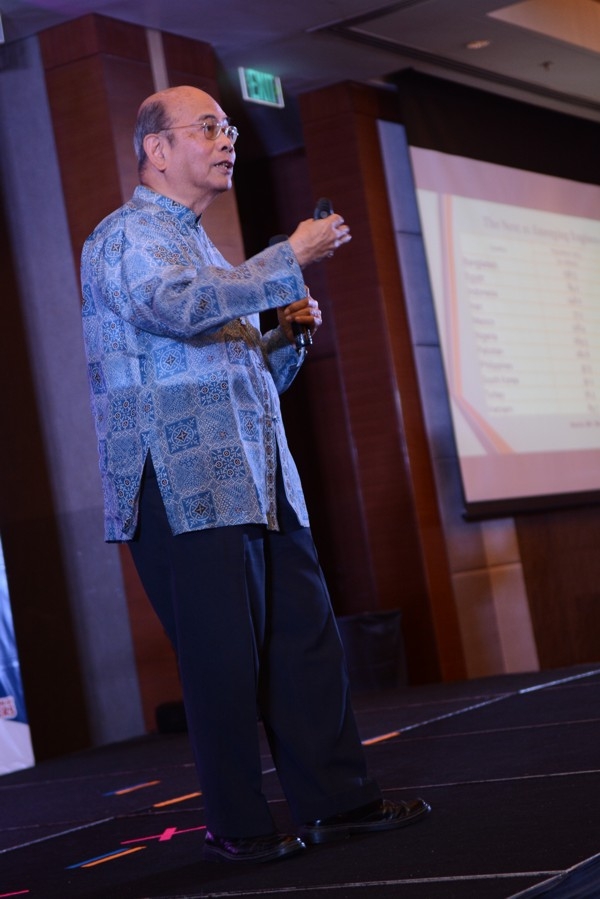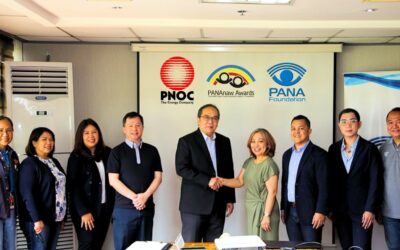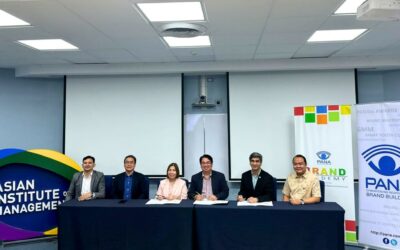
Dr. Bernardo, who earned his Ph.D. in Economics in Harvard University, believes the country is experiencing the gains of over 25 years of reforms.
“Starting with political reforms from Cory Aquino, reforms of Fidel Ramos, believe it or not, with Erap, orienting the Philippine government towards stabilization and protecting stabilization,” he says.
“We have created enough safeguards that will make sure that whoever becomes president will have very little [criminal] movement. The Supreme Court, statements of assets and liabilities, Twitter, Facebook, all of us together – whoever is there in Malacañang, even if he wants to be corrupt, cannot be corrupt.”
Along with a stable democracy and improving governance, the Philippines is also producing a young, educated and English-speaking workforce. The renaissance of manufacturing, the country’s ideal geographic location and high rate of savings from OFW remittances all in all contribute to steady economic growth.
If these trends persist, an HSBC study projects the Philippines to be the 16th top economy by 2050, surpassing Indonesia, Malaysia and Thailand.
The young and growing population consisting of around 51 million of working age (50.5 percent of population) and around 47 million young dependents (46 percent) is the Philippines’ main source of competitive advantage over Asian counterparts, Dr. Villegas explains.
We are also not an export driven economy – in contrast to Singapore, Hong Kong or Thailand – which ensures the Philippines would not follow into recession should it happen to the rest of the world.
Sunrise industries, those that are experiencing faster growth than other industries, are emerging. Dr. Villegas identifies seven key industries for investment: agribusiness, business process outsourcing, creative industries, infrastructure, manufacturing and logistics, mining, and tourism, medical travel and retirement.
There are, however, continuing threats to the country’s prospects of a rosy future, among which are corruption, red tape and bureaucracy, high poverty rates, natural calamities, inefficient infrastructures, low rates of investments to GDP, low foreign investments and conflicts in Mindanao.
These challenges temper growth in the Philippines. So while working the strengths and opportunities opening up to Filipinos in recent years, it is imperative to continually address the corresponding challenges.



